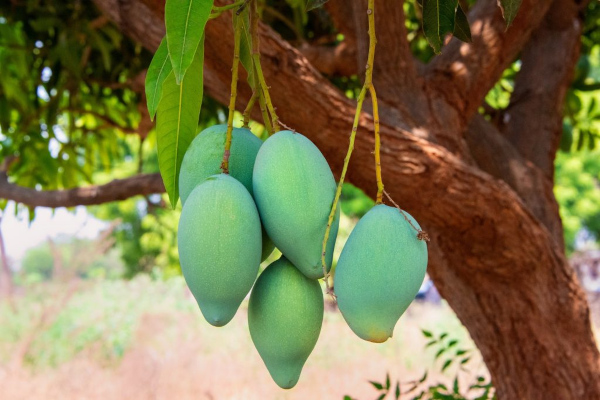NEW DELHI: If everything goes according to the plan, a Himsagar mango from Bengal may land on a plate in South Korea, or a Zardalu could reach Mauritius. India, the world’s largest mango producer, is looking to diversify its basket for exports and will push varieties from North India, while also resuming shipments to the US.
“We are looking to push a number of varieties such as Langda, Dussehri, Himsagar and Zardalu. Currently, our exports are dominated by Alphonso and Kesar but there is a lot of demand for other varieties too, given the diaspora across the globe as well as from others,” said M Angamuthu, chairman of the Agricultural & Processed Food Products Export Development Authority (Apeda).
There is also an effort to diversify the markets beyond the strongholds of the UAE, the EU and Nepal, with Japan, South Korea, Australia and Mauritius also on the radar. Although India is the largest producer, Mexico and even Pakistan command a higher share of the export market, which India is trying to capture. While domestic consumption as well as high sugar content, especially in the north Indian varieties is seen as the factors for low exports, there are issues related to standards too.
For instance, shipments to the US have been impacted due to the requirement for irradiation of Indian produce given its exposure to fruit flies.
In fact, during the last financial year, mango exports were significantly lower than the previous financial year. Compared to exports of over $56 million in 2019-20, last year’s shipments were valued at around $28.3 million between April and February. It can partly be attributed to the lockdown, which coincided with the peak season.
This year, Apeda has stepped up efforts with special emphasis on Uttar Pradesh, Bihar and Uttarakhand. Several training programmes have been conducted with facilities set up in Varanasi and Saharanpur that comply with global norms. Besides, irradiation facilities in Mathura, Uttarakhand and Bihar have been planned in addition to those in Lucknow, Nashik, Bangalore, Vashi.
Source: ToI
You may also like
-
Trade Connect E-platform For Exports Is Single Window, Fast, Accessible And Transformational: Shri Piyush Goyal
-
Dot Simplifies Approval Processes For Telecom Licenses And Wireless Equipment
-
Coal Production and Supply Trends on Positive Trajectory
-
Union Minister To Release Booklets On Promotion Of Indigenous Species & Conservation Of States Fishes
-
2nd India-Japan Finance Dialogue held in Tokyo on 6th September, 2024
